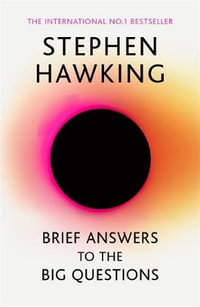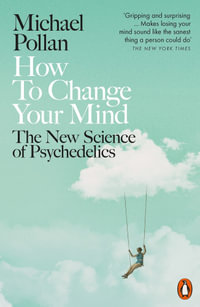Turing's fascinating and remarkable theory, which now forms the basis of computer science, explained for the general reader.In 1936, when he was just twenty-four years old, Alan Turing wrote a remarkable paper in which he outlined the theory of computation, laying out the ideas that underlie all modern computers. This groundbreaking and powerful theory now forms the basis of computer science. In Turing's Vision, Chris Bernhardt explains the theory, Turing's most important contribution, for the general reader. Bernhardt argues that the strength of Turing's theory is its simplicity, and that, explained in a straightforward manner, it is eminently understandable by the nonspecialist. As Marvin Minsky writes, "The sheer simplicity of the theory's foundation and extraordinary short path from this foundation to its logical and surprising conclusions give the theory a mathematical beauty that alone guarantees it a permanent place in computer theory." Bernhardt begins with the foundation and systematically builds to the surprising conclusions. He also views Turing's theory in the context of mathematical history, other views of computation (including those of Alonzo Church), Turing's later work, and the birth of the modern computer.
In the paper, "On Computable Numbers, with an Application to the Entscheidungsproblem," Turing thinks carefully about how humans perform computation, breaking it down into a sequence of steps, and then constructs theoretical machines capable of performing each step. Turing wanted to show that there were problems that were beyond any computer's ability to solve; in particular, he wanted to find a decision problem that he could prove was undecidable. To explain Turing's ideas, Bernhardt examines three well-known decision problems to explore the concept of undecidability; investigates theoretical computing machines, including Turing machines; explains universal machines; and proves that certain problems are undecidable, including Turing's problem concerning computable numbers.
An accessible and fascinating exploration of how Alan Turing's mathematical theory gave rise to modern computer science and applications-from the desktops to cell phones In 1936, when he was just 24 years old, Alan Turing wrote a remarkable paper in which he outlined the theory of computation, laying out the ideas that underlie all modern computers. This groundbreaking and powerful theory now forms the basis of computer science. In
Turing's Vision, Chris Bernhardt explains the theory for the general reader, beginning with its foundations and systematically building to its surprising conclusions.He also views Turing's theory in the context of mathematical history, other views of computation (including those of Alonzo Church), Turing's later work, and the birth of the modern computer.
Turing wanted to show that there were problems that were beyond any computer's ability to solve; in particular, he wanted to find a decision problem that he could prove was undecidable. To explain Turing's ideas, Bernhardt examines 3 well-known decision problems to explore the concept of undecidability; investigates theoretical computing machines, including Turing machines; explains universal machines; and proves that certain problems are undecidable, including Turing's problem concerning computable numbers.
Industry Reviews
'A fascinating account of Alan Turing's epic research paper, which kicked off the entire computer revolution. I'm particularly impressed by the amount of detail the author includes while keeping everything simple, transparent, and a pleasure to read.'? Ian Stewart, author of In Pursuit of the Unknown: 17 Equations That Changed the World 'This is a delightful introduction for the lay reader to the ideas surrounding Alan Turing's great paper of 1936.'? Scott Aaronson, Associate Professor of Electrical Engineering and Computer Science, MIT 'Over the past several decades, Alan Turing, known as the father of computer science, has become an intellectual and cultural icon. Chris Bernhardt has written a very clear and accessible book that explains Turing's work, showing how his ideas have developed into some of the most important ideas in computer science today.'? Noson S. Yanofsky, author of The Outer Limits of Reason: What Science, Mathematics, and Logic Cannot Tell Us 'The dazzling array of computer applications, from desktop to cell phone, has obscured the play of ideas that first set our modern era in motion. In this account, Bernhardt reveals the crucial contribution to these developments made by Alan Turing and other early computer scientists. A marvelous book.'? A. K. Dewdney, Professor Emeritus, Department of Computer Science, University of Western Ontario
























